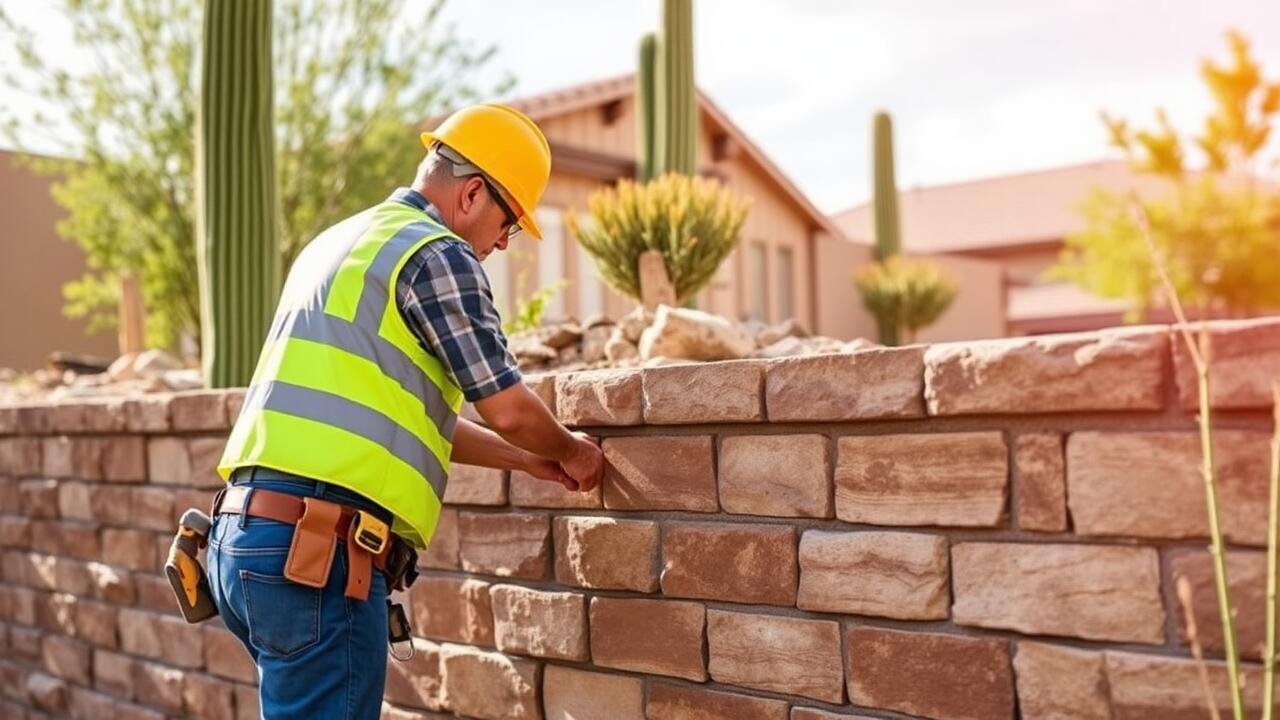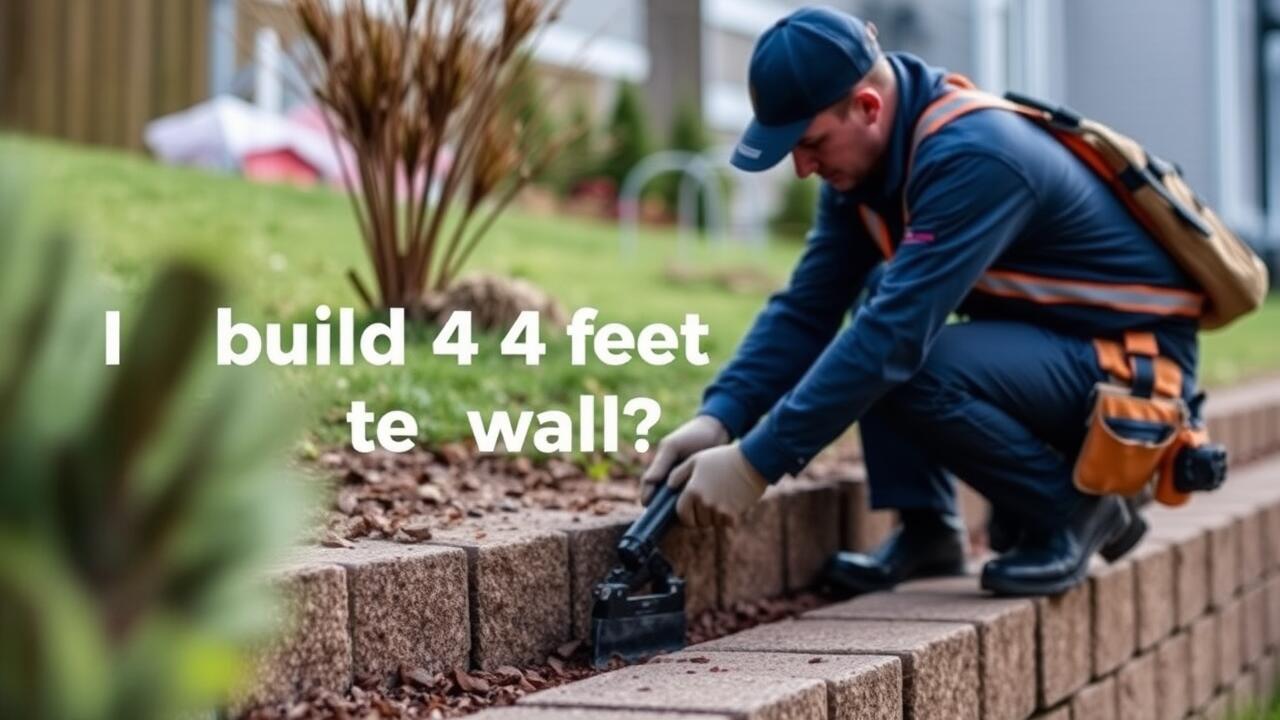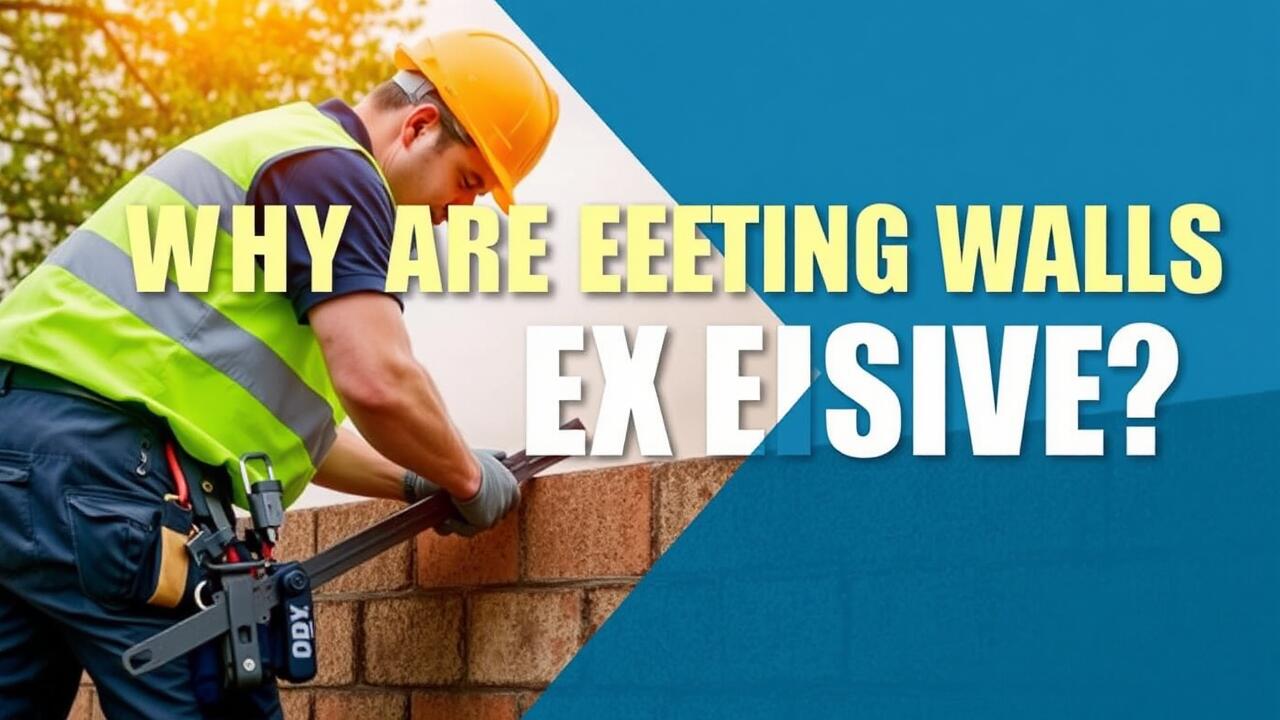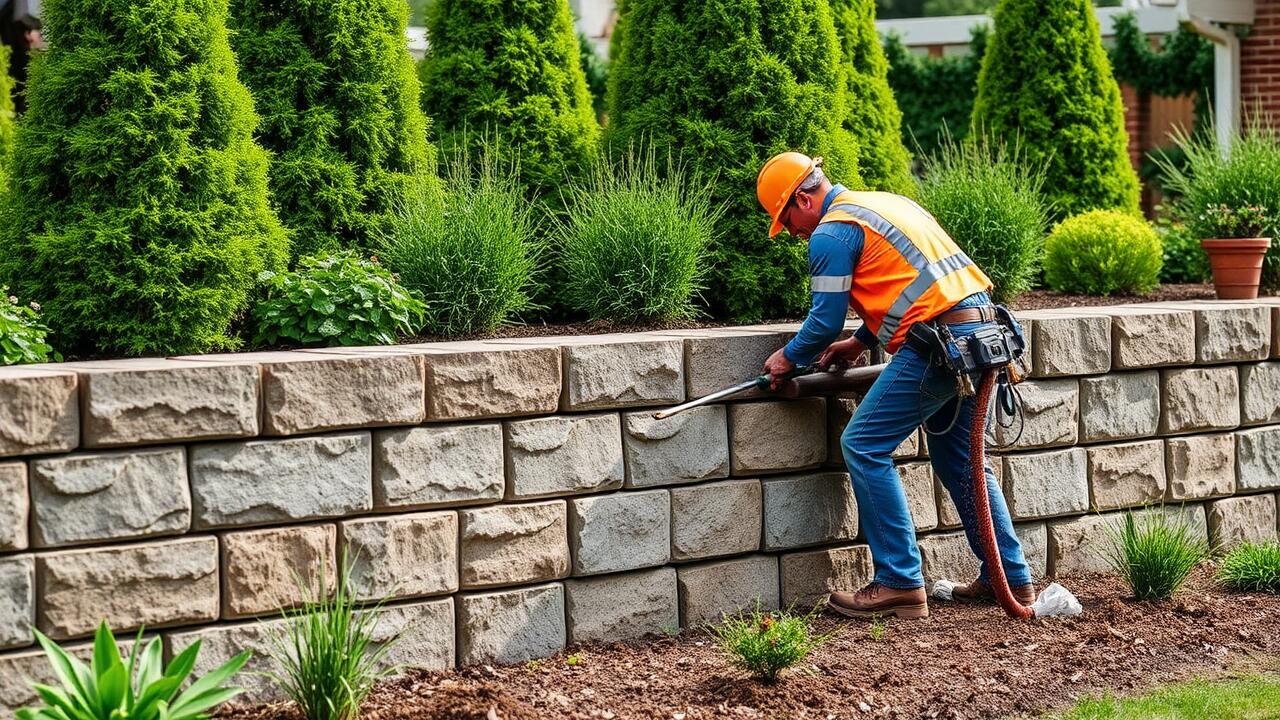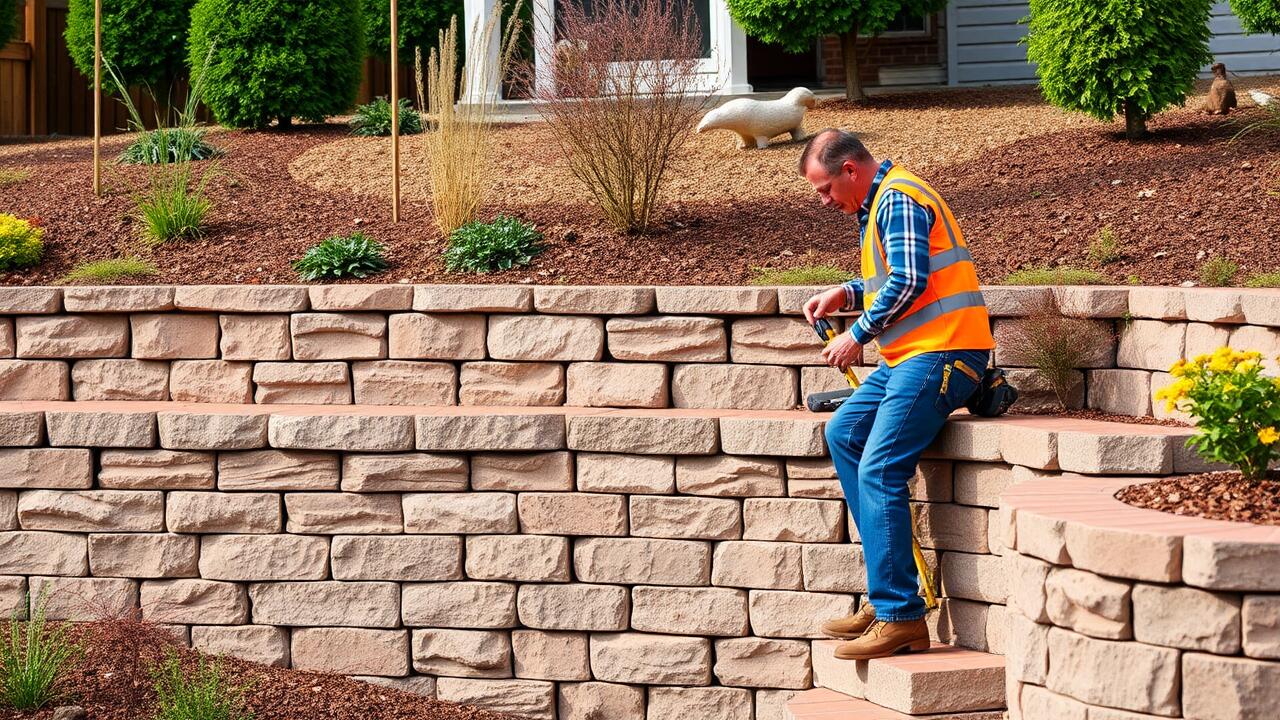
Additional Features That Affect Costs
In the process of Retaining Wall Installation, several additional features can significantly influence the overall cost. For example, the choice of materials plays a crucial role. Granite, natural stone, or decorative block can elevate the aesthetic appeal but also raise the price. Similarly, incorporating features such as lighting or integrated seating invites added expenses but enhances functionality and visual appeal. The landscape surrounding the wall may also require grading, planting, or additional erosion control measures, contributing to the final bill.
Drainage systems are another critical element to consider during retaining wall installation. Proper drainage prevents water buildup behind the wall, which can lead to structural issues over time. Installing perforated pipes, gravel backfill, or weep holes can incur additional costs but are essential for longevity. Aesthetic enhancements, such as decorative caps or custom finishes, can also add to the expense. Therefore, it is important to assess how these features align with both your budget and long-term goals.
Drainage Systems and Aesthetic Enhancements
Incorporating effective drainage systems into retaining wall installation is crucial for the longevity and stability of the structure. Proper drainage prevents water buildup behind the wall, which can lead to pressure problems and potential failure over time. Options like perforated drains or weep holes can be integrated during the construction process. While these enhancements can increase initial costs, they also protect against more expensive repairs in the future.
Aesthetic enhancements can significantly impact the overall cost of retaining wall installation. Choices such as decorative facing materials, brick or stone veneer, and integrated landscaping elements will raise the project’s budget. Homeowners often view these features as investments that enhance property value and curb appeal. Balancing functionality with aesthetics ensures that the wall serves its purpose while contributing to the visual appeal of the surrounding area.
DIY vs. Professional Installation
Choosing between DIY and professional installation for a retaining wall involves several factors. For those with a knack for home improvement projects, taking on the task themselves can lead to significant cost savings on labor. Many online resources and guides can help homeowners navigate the complexities of retaining wall installation. However, this route also requires a solid understanding of landscape engineering principles.
Hiring professionals for retaining wall installation often ensures a higher-quality outcome. Experts bring years of experience and knowledge about local soil conditions and drainage requirements. While this option incurs higher upfront costs, it offers peace of mind and can prevent costly mistakes. Homeowners should weigh the potential benefits against their skill level and the value of their time when making this decision.
Cost Implications of Taking a Hands-On Approach
Taking a hands-on approach to retaining wall installation can significantly reduce labor costs associated with hiring professionals. However, DIY projects often entail a learning curve that may lead to unforeseen expenses. If tools are not readily available, purchasing or renting equipment can add to the overall budget. Furthermore, acquiring the appropriate materials and ensuring their quality requires careful planning and consideration.
While the initial financial outlay may seem lower for a DIY retaining wall installation, ongoing maintenance and potential repairs could offset the savings. Improper construction techniques might lead to structural issues that necessitate additional work in the future. It is essential to weigh the immediate cost benefits against the long-term implications of building a retaining wall without professional guidance.
Maintenance Expenses Over Time
Maintenance expenses for retaining walls often vary based on materials and environmental factors. Natural stone may require less frequent upkeep compared to timber, which can rot or warp over time. In areas prone to heavy rainfall, the risk of soil erosion might necessitate additional support or repairs, adding to the ongoing costs. Regular inspections can help identify issues early, potentially saving significant expenses down the line.
Another consideration is the potential for drainage system maintenance. A well-designed system is crucial for the longevity of any retaining wall, especially following retaining wall installation. Clogs or blockages can lead to water buildup, which compromises structural integrity. Investing in quality drainage solutions upfront can mitigate long-term maintenance costs, ultimately protecting your investment.
Long-term Financial Considerations for Retaining Walls
Long-term financial considerations for retaining walls extend beyond the initial construction cost. Over time, factors such as soil erosion and water damage can necessitate repairs, which may contribute to significant unexpected expenses. Routine inspections can help identify issues early, allowing for preventive maintenance that can mitigate larger costs later. Additionally, the quality of materials used in retaining wall installation plays a crucial role in its longevity and durability, impacting future financial commitments.
Another aspect to consider is the potential increase in property value that a well-constructed retaining wall can offer. Retaining walls not only enhance the aesthetic appeal of a landscape but also provide functionality by improving drainage and managing slopes. Homeowners may find that strategic investments in quality retaining wall installation are recouped through higher resale values, making it a financially sound decision for the long term.
FAQS
What factors influence the cost of designing a retaining wall?
The cost of designing a retaining wall can be influenced by several factors, including materials used, wall height, length, soil conditions, drainage systems, aesthetic enhancements, and whether the installation is DIY or professional.
Are there additional features that can increase the cost of a retaining wall?
Yes, additional features such as drainage systems and aesthetic enhancements like lighting or decorative stones can significantly increase the overall cost of a retaining wall design.
Is it cheaper to install a retaining wall myself?
While DIY installation may save on labor costs, it can also lead to unexpected expenses if mistakes are made. It's essential to weigh the potential savings against the risks and complexities involved in the installation process.
What are the long-term maintenance expenses for a retaining wall?
Long-term maintenance expenses can include repairs, drainage maintenance, and potential landscaping around the wall. Regular inspections can help identify issues early and prevent costly repairs down the line.
How can I estimate the total cost of designing a retaining wall?
To estimate the total cost, consider factors such as materials, labor (if hiring professionals), additional features, and maintenance costs over time. Obtaining quotes from contractors and doing thorough research can also provide a clearer financial picture.

